Travel Info

In Japan, the food, climate, and culture vary significantly depending on the tourist destinations.
To ensure a worry-free travel experience for customers visiting Japan for the first time,
King Tai Travel provides articles introducing various tourist spots, highlighting the unique aspects of each location.
Japan’s Travel Info
-
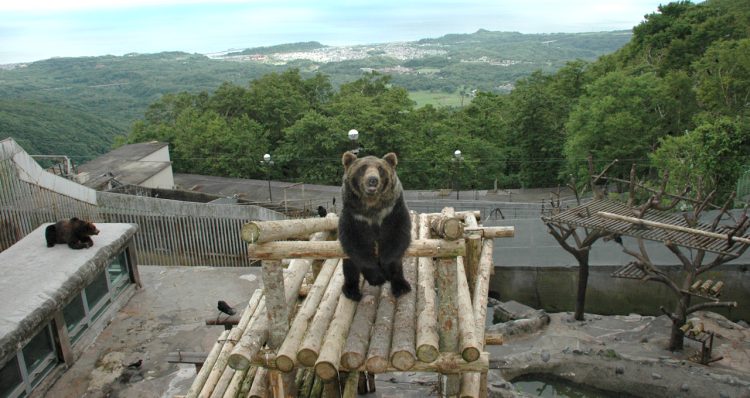
Hokkaido
All Season
Noboribetsu Bear Park (All)
Noboribetsu Bear Park Noboribetsu Bear Park, located in the scenic Noboribetsu region of Hokkaido, Japan, is a captivating wildlife facility that specializes in the conservation and care of brown bears. The park offers visitors a unique opportunity to observe and learn about these majestic creatures in a naturalistic environment. The park is home to a significant number of brown bears, and it provides spacious enclosures that mimic their natural habitats, allowing the bears to roam freely and engage in their natural behaviors. Visitors can watch these magnificent animals up close from designated viewing areas. Noboribetsu Bear Park places a strong…
-
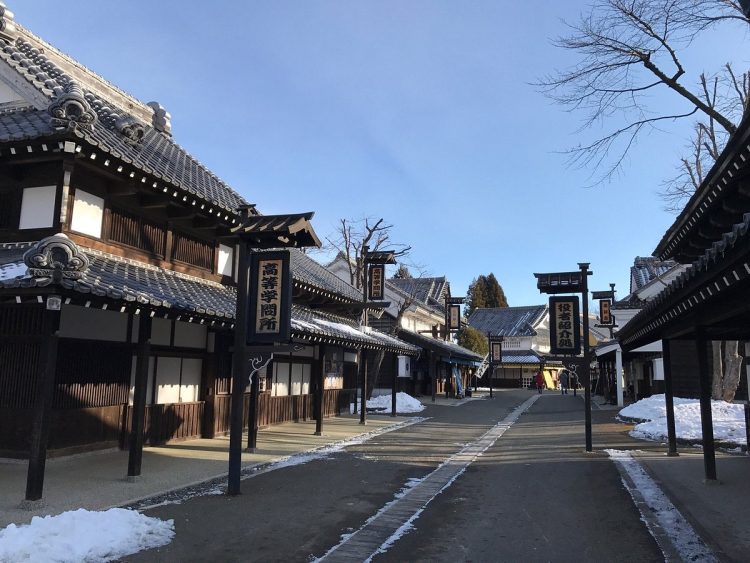
Hokkaido
All Season
Noboribetsu Date Jidaimura Village (All)
Noboribetsu Date Jidaimura Village Noboribetsu Date Jidaimura Village, located in Hokkaido, Japan, is a unique historical theme park that transports visitors back in time to Japan’s Edo period (1603-1868). The village is designed to recreate the ambiance and culture of that era, providing an immersive and educational experience. Visitors can explore the village’s meticulously reconstructed historical buildings, including samurai residences, merchant shops, and ninja houses. The park features live demonstrations, cultural performances, and interactive activities, allowing guests to dress in period costumes, practice samurai swordsmanship, and witness traditional crafts. One of the main attractions is the exciting ninja show, which…
-

Hokkaido
All Season Spring Summer Autumn
The Mt. Tengu Ropeway(All)
The Mt. Tengu Ropeway The Mt. Tengu Ropeway, located in Otaru, Hokkaido, Japan, is a scenic aerial tramway that provides access to the summit of Mount Tengu. This ropeway is renowned for the breathtaking views it offers, and it’s a popular attraction for visitors seeking panoramic vistas of Otaru, the Sea of Japan, and the surrounding landscapes. The Mt. Tengu Ropeway ascends to an elevation of 532 meters (1,745 feet), providing visitors with stunning vistas in every direction. The observation deck at the summit allows for unobstructed views of Otaru city, the Ishikari Bay, and the surrounding mountains, making it…
-

Kansai
All Season
Nishiki Market (All)
Nishiki Market Nishiki Market is a historic market located in the heart of Kyoto, Japan, renowned for its colorful array of foods. Known as “Kyoto’s Kitchen,” it boasts over 400 years of history. The market stretches about 500 meters with over 100 shops and stalls offering fresh seafood, prepared foods, pastries, pickled items, and various Japanese specialty seasonings and cooking utensils. At Nishiki Market, visitors can taste traditional Japanese cuisine such as sashimi, sushi, tempura, and more. The market is not only a magnet for tourists but also a popular spot for locals to purchase ingredients and gourmet delights. Each…
-
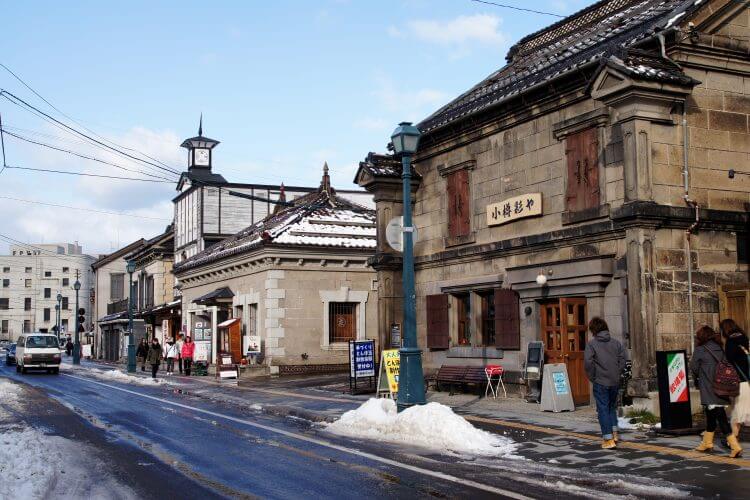
Hokkaido
All Season
Sakaimachi Street (All)
Sakaimachi Street Sakaimachi Street, located in the charming city of Otaru in Hokkaido, Japan, is a historic and picturesque street that reflects the city’s cultural and architectural heritage. Lined with well-preserved merchant houses and shops, this cobblestone street offers a delightful journey back in time. Visitors can explore a variety of boutiques, art galleries, and shops that sell local handicrafts, glassware, and delicious Hokkaido sweets. The street is especially famous for its glass workshops, where you can witness the craftsmanship behind Otaru’s renowned glass art. Sakaimachi Street is not only a shopping destination but also a place to enjoy the…
-
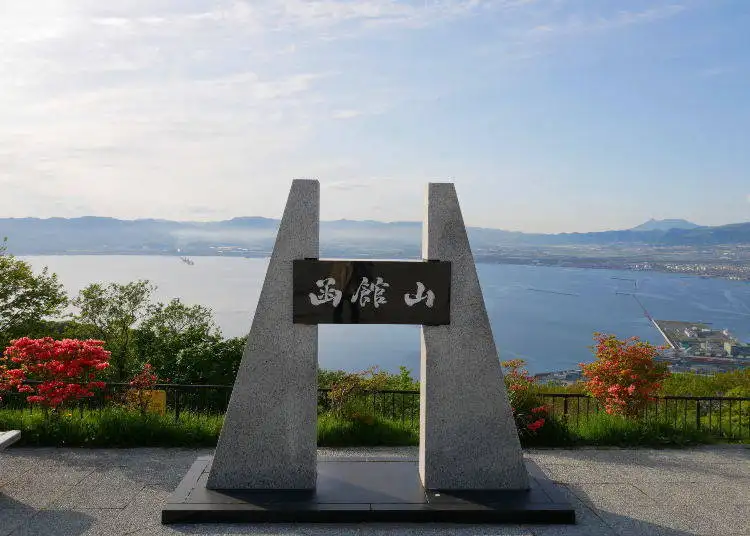
Hokkaido
All Season
Mount Hakodate (All)
Mount Hakodate Mount Hakodate, located near the city of Hakodate in Hokkaido, Japan, is a prominent and iconic mountain known for its stunning panoramic views and the renowned Hakodate Ropeway that offers access to its summit. Rising 334 meters (1,096 feet) above sea level, this mountain is celebrated for the spectacular vistas it provides, particularly during the evening hours. Mount Hakodate is particularly famous for its “million-dollar night view,” which is considered one of Japan’s most beautiful cityscapes. As the sun sets, the lights of Hakodate begin to twinkle, and the city transforms into a sparkling sea of illumination. The…
-
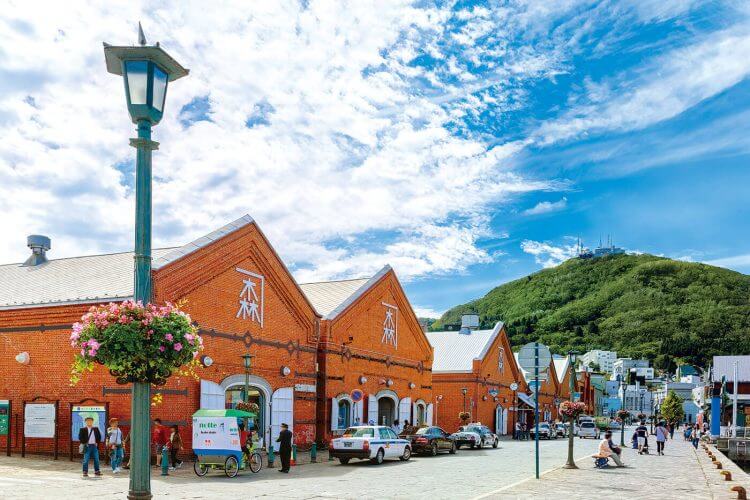
Hokkaido
All Season
The Hakodate Red Brick Warehouse(All)
The Hakodate Red Brick Warehouse The Hakodate Red Brick Warehouse, located in the city of Hakodate, Hokkaido, Japan, is a historic and picturesque complex of red brick buildings that have been repurposed into a vibrant commercial and cultural hub. Originally constructed in the early 20th century, these iconic structures were used as storage facilities for goods transported by sea. Today, the red brick warehouses have been beautifully restored and transformed into a lively marketplace featuring a wide array of shops, boutiques, restaurants, and cultural venues. The complex is a charming blend of old-world industrial architecture and contemporary amenities. Visitors can…
-
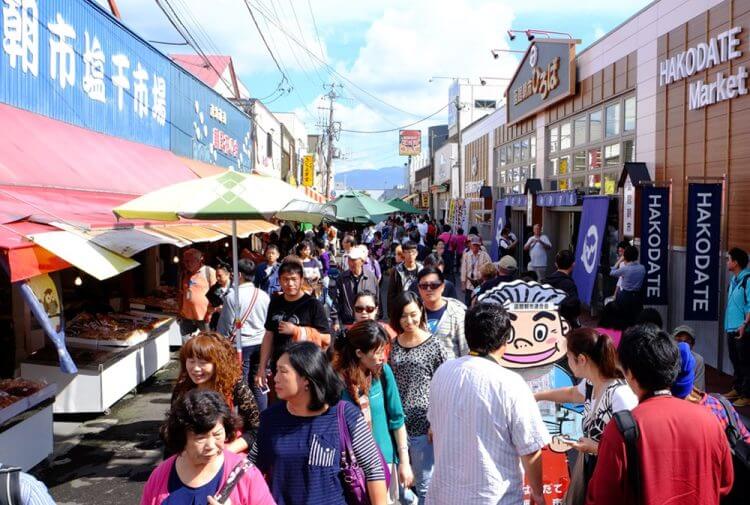
Hokkaido
All Season
The Hakodate Morning Market (All)
The Hakodate Morning Market The Hakodate Morning Market, located in the city of Hakodate on Japan’s northern island of Hokkaido, is a vibrant and bustling market that offers an authentic culinary and cultural experience. This market, also known as “Asaichi” in Japanese, has been a local institution for over a century, drawing residents and tourists alike to its vibrant atmosphere and an impressive array of fresh seafood and local products. One of the key highlights of the Hakodate Morning Market is the abundant seafood on offer. Visitors can witness the day’s catch being laid out for sale, including a wide…
-
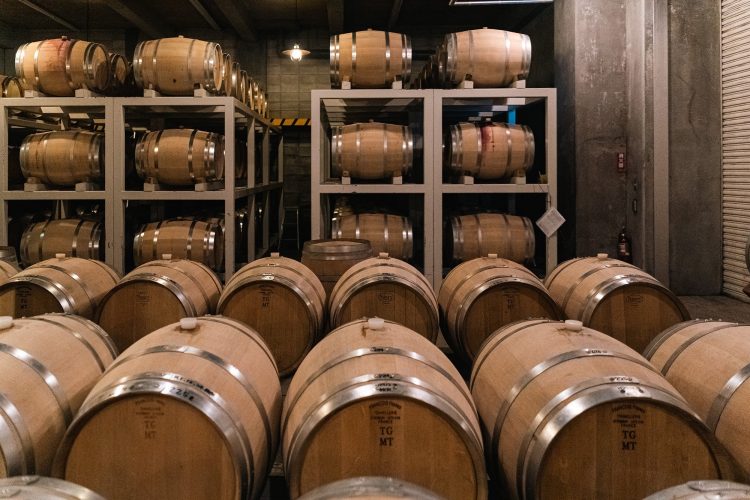
Hokkaido
All Season
The Furano Wine Factory(All)
The Furano Wine Factory The Furano Wine Factory, situated in the enchanting Furano region of Hokkaido, Japan, is a wine lover’s paradise that combines exquisite wine production with a captivating visitor experience. Nestled amidst the picturesque landscapes of Hokkaido, this winery is celebrated for its premium wines and the opportunity it offers for visitors to explore the art of winemaking. The Furano Wine Factory’s vineyards produce a variety of wines, including red, white, and rosé, and they are known for their high-quality grapes and exceptional craftsmanship. Visitors can partake in guided tours that take them through the winemaking process, from…
-
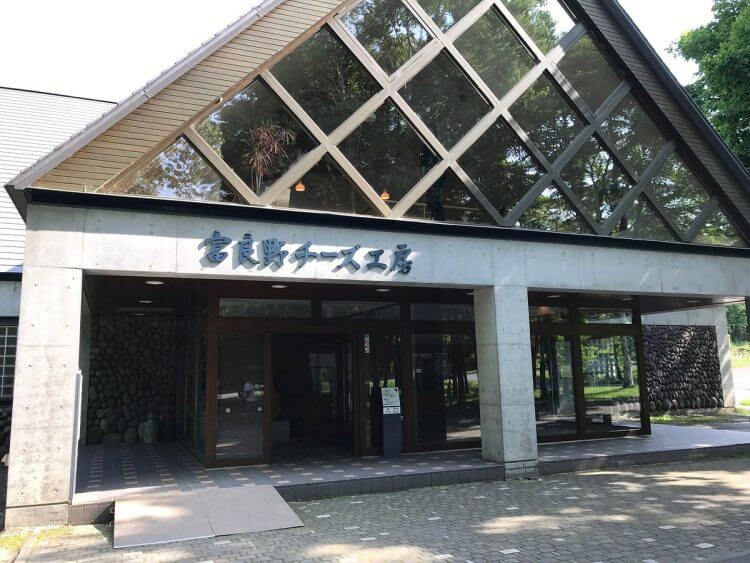
Hokkaido
All Season
The Furano Cheese Factory(All)
The Furano Cheese Factory The Furano Cheese Factory, located in the picturesque town of Furano in Hokkaido, Japan, is a delightful destination that combines the rich dairy heritage of Hokkaido with a unique and interactive visitor experience. This factory offers a fascinating and fun-filled journey into the world of cheese production and Hokkaido’s agricultural excellence. Visitors to the Furano Cheese Factory can witness the cheese-making process up close, from milk collection and cheese curd preparation to the formation of cheese wheels. The factory also showcases a variety of dairy products such as cheese, yogurt, and ice cream, all of which…
-
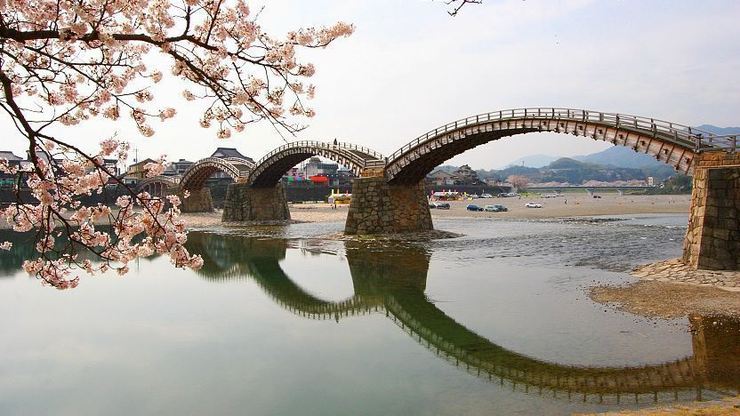
Chugoku
All Season
Kintaikyo Bridge
The Kintaikyo Bridge The Kintaikyo Bridge (Kintaikyō) has been Iwakuni’s most distinguished landmark and a subject of admiration for hundreds of years. The elegant, wooden bridge makes five bold arches onto massive stone pillars as it crosses over the Nishiki River. Plans for the Kintaikyo were first drawn up when strong currents had once again destroyed a bridge crossing the Nishiki River. A more durable bridge was commissioned by Kikkawa Hiroyoshi, the third feudal lord of Iwakuni, whose statue stands at the entrance to nearby Kikko Park. After the bridge’s completion in 1673, it kept standing until 1950, when Iwakuni…
-
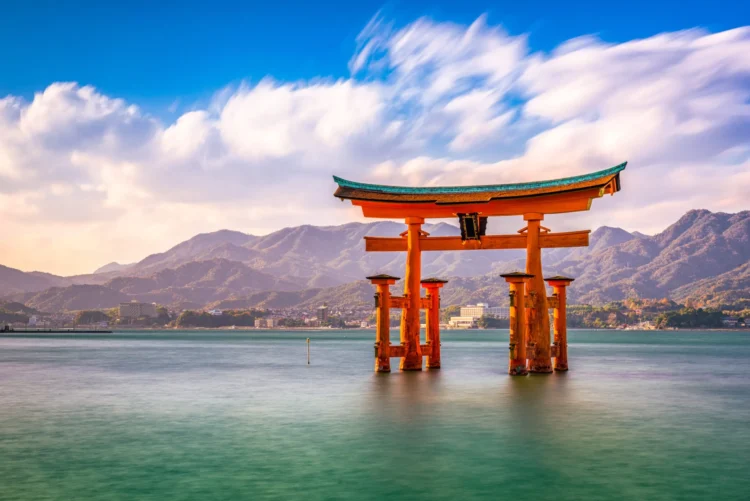
Chugoku
All Season
Miyajima Island
Miyajima Island Itsukushima, also known as Miyajima, is a small island in Hiroshima Prefecture, Japan, renowned for its natural beauty and rich cultural heritage. The island’s most famous landmark is the Itsukushima Shrine’s Great Torii Gate, a massive traditional Japanese torii gate situated in the water, which appears particularly majestic during high tide. Miyajima is also famous for the Itsukushima Shrine, a 12th-century shrine that is a UNESCO World Heritage Site. The unique feature of this shrine is that its main buildings and corridors are constructed over water, giving the impression of floating on the sea. In addition to the…